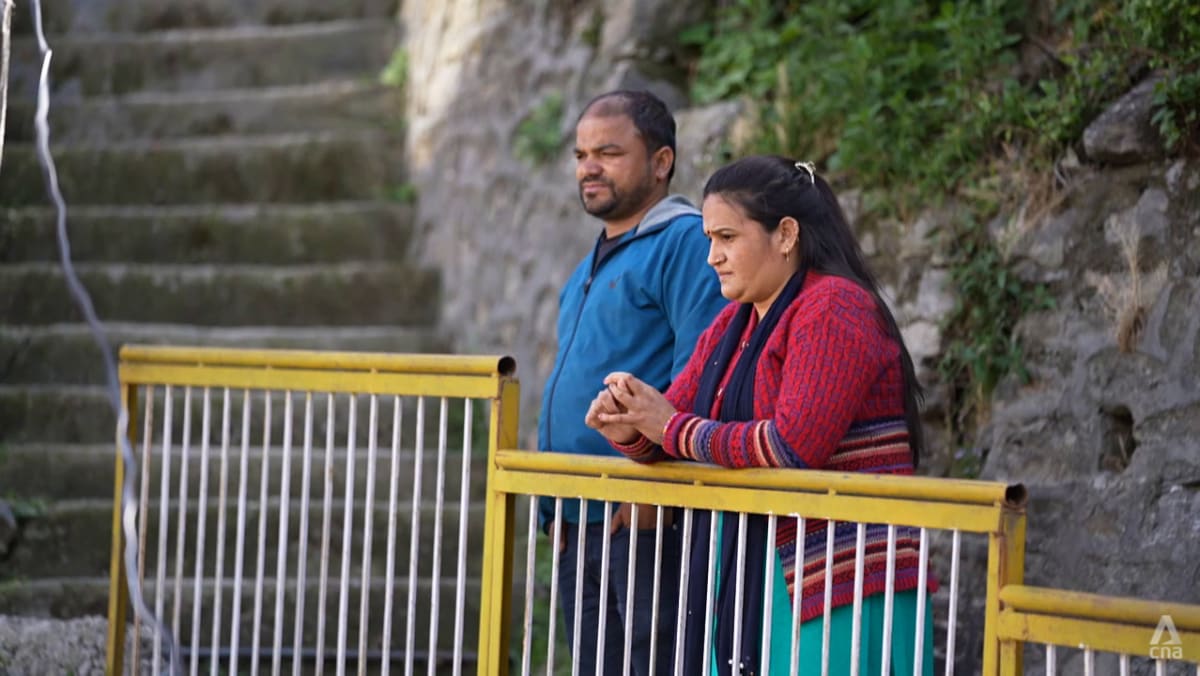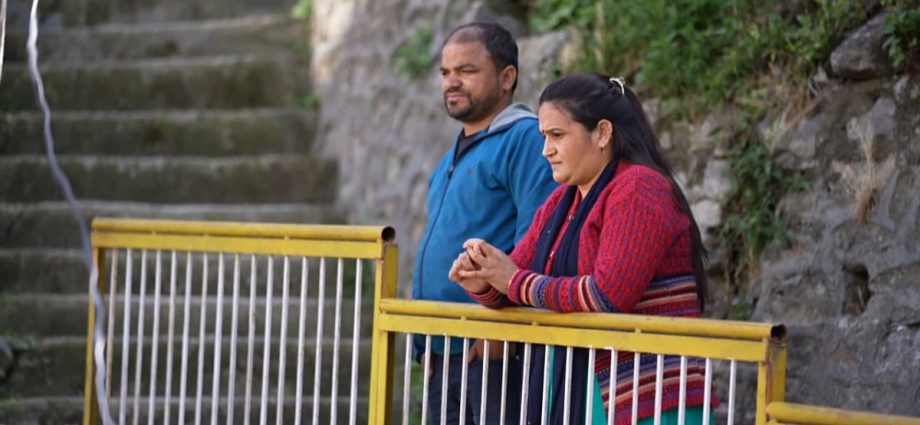
“We had apprehensions that this would happen if the project continued, and our apprehensions turned true,” said Atul Sati, convener of the Joshimath Bachao Sangharsh Samiti (Struggle to Save Joshimath Committee), citing several of the project’s mishaps over the years.
“Their tunnel boring machine got stuck, and there was water leakage, and the villages near their projects started developing cracks.”
But not all scientists hold the same view, and the plant’s developer — state-owned National Thermal Power Corporation (NTPC) — has denied responsibility. It said the tunnel in question is a kilometre away from Joshimath town and 1.1 km below ground level.
Swapnamita agrees. “I think the Joshimath problem is a surficial problem. It isn’t linked with something happening at such depth,” she said.
Another project halted was the Helang-Marwari bypass road, but it resumed in June after a five-month hiatus.
A “proper investigation” conducted by the Indian Institute of Technology Roorkee concluded that the bypass is “on solid rock”, cited Uttarakhand disaster management secretary Ranjit Kumar Sinha. “It isn’t going to affect the Joshimath area and won’t aggravate the problem.”
The road will shorten the distance to Badrinath and is part of a project to link the four Hindu shrines known as Char Dham.

